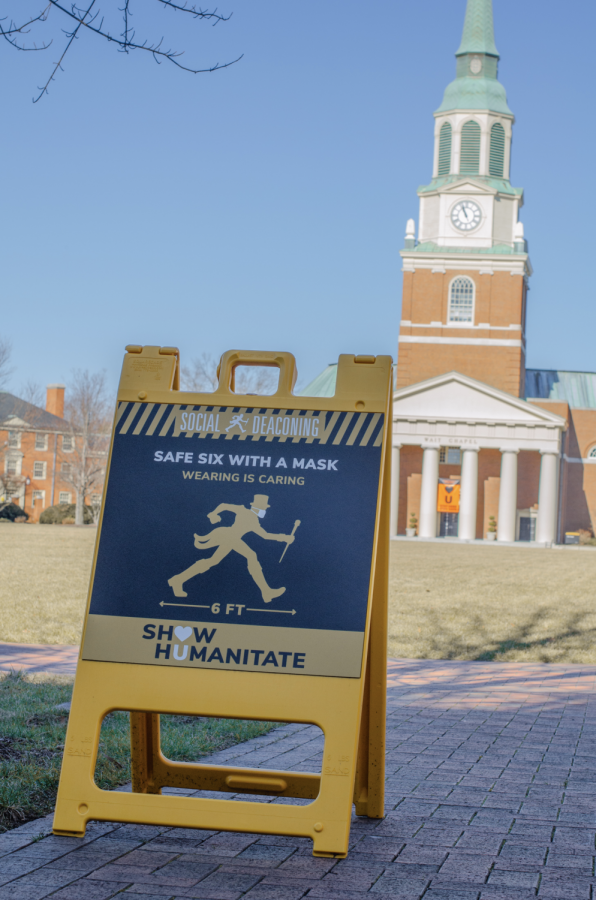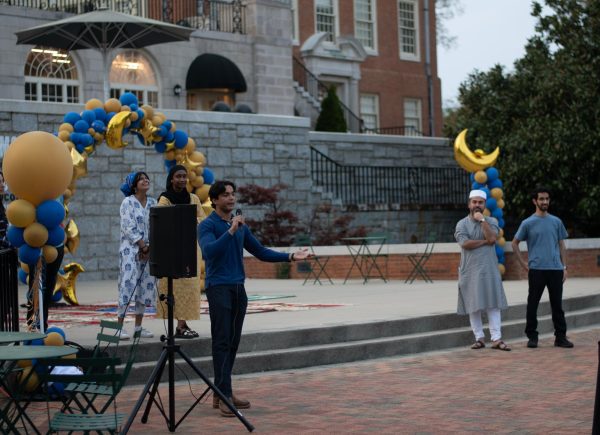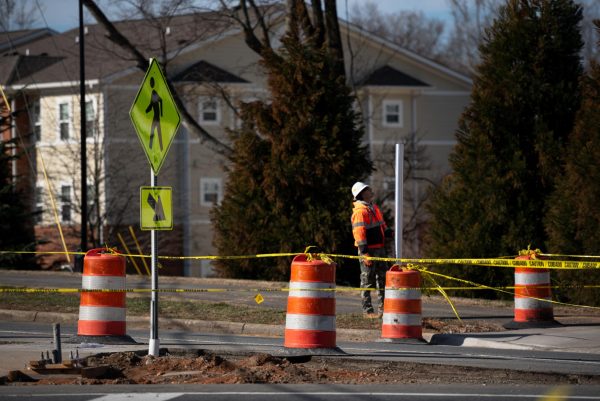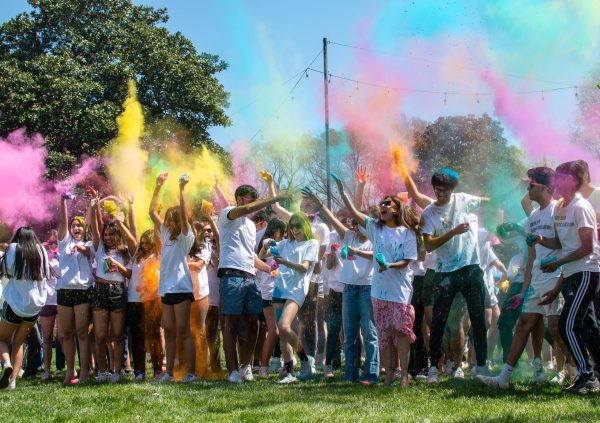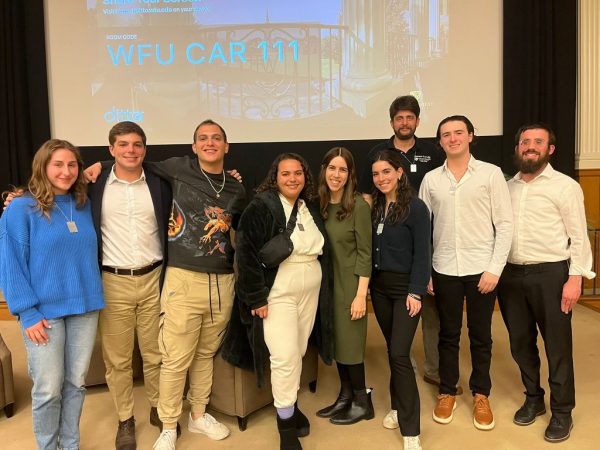University will transition to Yellow
Two weeks after “Dark Orange” status, the university is optimistic about falling COVID-19 cases
Last year, COVID-19 policies were ambiguous and difficult for students.
March 4, 2021
Almost two weeks after the University’s initial transition from “Dark Orange” operating status, and almost one week after Governor Cooper lifted North Carolina’s 10 p.m. curfew, the university intends to transition to Yellow operating status.
An advance copy of an email that will be sent to students was obtained by the Old Gold & Black. This email reads that the university intends to switch to Yellow status within the next week or so.
For the moment, the COVID-19 panic and empty campus of a few weeks ago have been replaced with students lounging on the quad and a more hopeful outlook for the future. What was a stressful and tumultuous time for many students, faculty, staff and administrators seems to have shifted into a period of quasi-relaxation.
“We have truly flattened the curve, and that’s what we were looking for. [This allows us to] provide a more welcoming, freer environment for students,” Vice President for Campus Life Penny Rue said.
This comes after last month’s student protests of the controversial quarantine-in-place policy. This policy instructed students who were exposed to COVID-19 to quarantine in empty rooms in residence halls.
However, on-campus COVID-19 cases have since decreased significantly, and administration has been closely monitoring the situation through weekly asymptomatic testing.
“The [metric] that matters the most to me is our asymptomatic cases,” Rue said, “and we’re down to very small percentages of asymptomatic positives.”
And down they are. According to the COVID-19 dashboard, prevalence of the virus is estimated at 0.5% as of Feb. 28.
This drop in cases has allowed for the recent reopening of the Benson Center and the ZSR Library, as well as the ability to dine-in at dining halls.
“I feel like campus came back to life,” freshman Lauren Franques said. “It reminds me of when I toured Wake Forest, seeing everyone hang out in the Pit and ZSR again.”
Like Franques, many students seem to appreciate the change of scenery provided by the eased restrictions. Some students, on the other hand, are apprehensive about the future of campus life.
“The past few weeks were really uncertain and stressful, and I’m not sure we’ll be able to stay where we are currently,” freshman Jarlem López Morel said.
In spite of the uncertainty, others are confident that the current downward trend in campus-wide COVID-19 cases will continue.
“People really want to stay on campus this semester,” freshman Trey Roark said, “and I honestly think that we can make it to Yellow if we keep doing what we’ve been doing.”
Vice President for Campus Life Penny Rue reiterated that students must continue to wear masks, avoid large social gatherings and monitor themselves for symptoms in order to best facilitate a transition into Yellow operating status. By keeping these practices in mind, students can ensure that the “dark orange” nightmare is truly a thing of the past.


